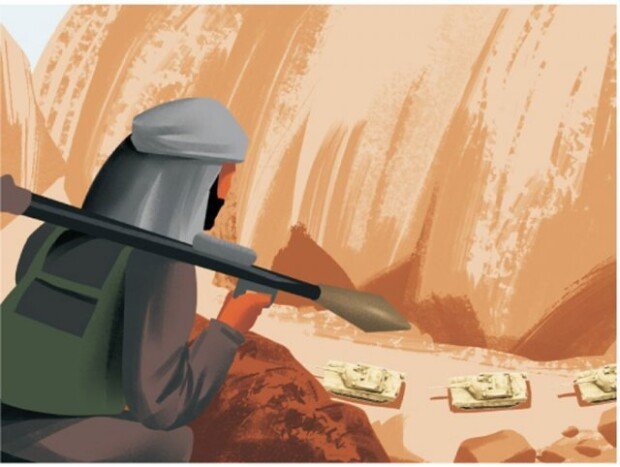War and geography
War and geography
Posted August. 31, 2021 07:30,
Updated August. 31, 2021 07:30

In 751, troops of the Dang Dynasty led by Gen. Ko Seon-ji, a descendant of Goguryeo, marched onto a stiff and rough mountainous region that they had never walked before. They traveled the longest distance ever as a Chinese corps over the range to fight against Islamic soldiers but kneeled down. It was historically recorded as the Battle of Talas.
The Talas region is located in Kyrgyzstan of today, which leads to Samarkand in Uzbekistan. Below is Afghanistan. Ko Seon-ji’s troops crossed the northern face of the Hindu Kush, a stiff mountainous range that passes Tajikistan from north to south to go down to Afghanistan. The Panjshir Valley, a stronghold of anti-Taliban forces, is situated at an ending part of the Hindu Kush that finishes the Afghan region.
The reasons why Afghanistan has long been in war under the influence of extreme Islamists are a deeply divided community, too many various tribes and ethnic groups and outdated industries and lifestyles. All these environmental characteristics result from the unique and rough topography where land is divided into pieces by mountains, plains, deserts and highlands. It may be an exactly proper description that the mountainous geography shaped by the Hindu Kush is the perfect fit for battles.
The rule No. 1 of military tactics is to bond your solders together for unity while causing division among enemies. Added to this, you can multiply your chances of wining by waging a battle in a geographically extreme region where your enemies find it hard to change formations without any turning back in the scenario. Most parts of the road system that leads into the Panjshir Valley have such geographical features. The deeply you go into the mountainous region, the more hell-like it becomes. Afghan fighters would be called ghosts by the Russian military as they popped out from behind the rock to besiege them in the blink of an eye. In Afghanistan, a poorly educated nation, few citizens are qualified to become commissioned officers while there is a severe lack of technicians who are capable of dealing with cutting edge arms. This has served as a negative factor in weakening the state-run military. However, if they are pushed into a guerrilla war, they can automatically turn into excellent fighters thanks to a naturally built geography.
What will unfold in Afghanistan in the future? Regrettably, war will hardly end. Even if any world power intervenes, things will be sinking deeper into the mire. With it stepping backward, criticism will only be pouring.







